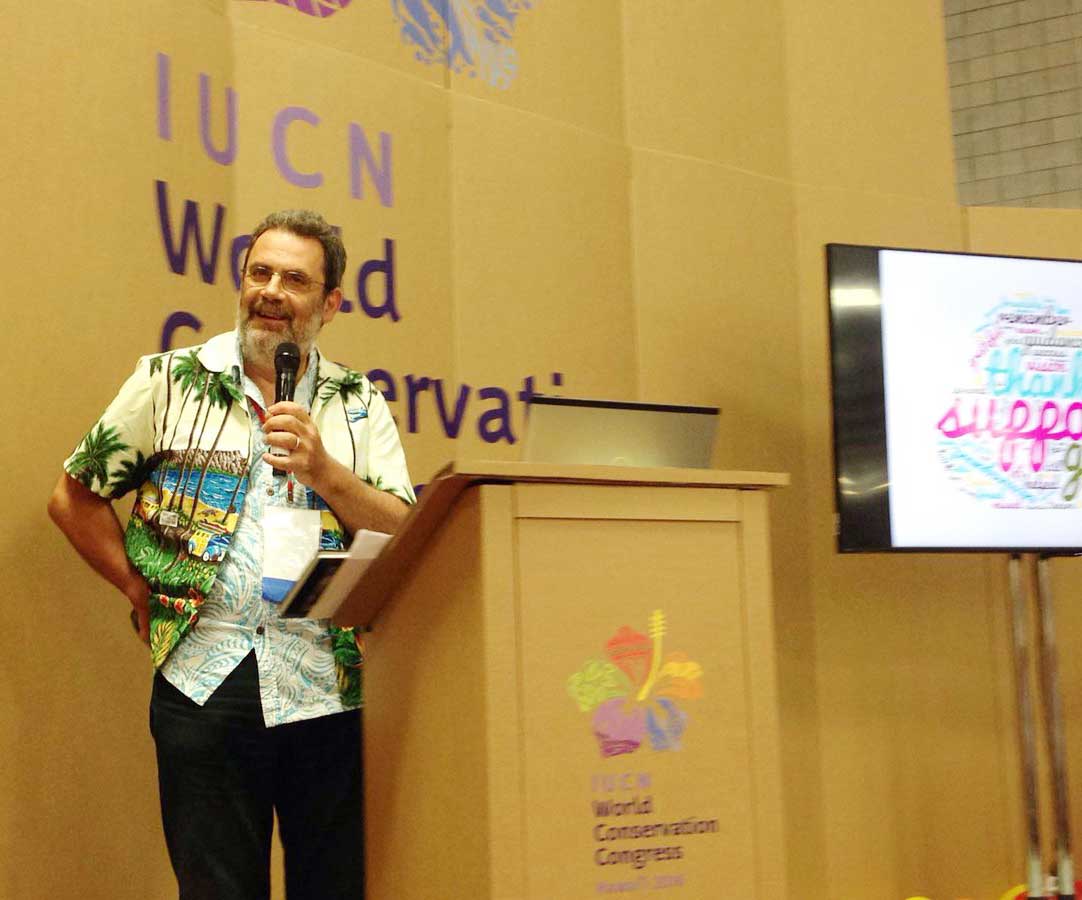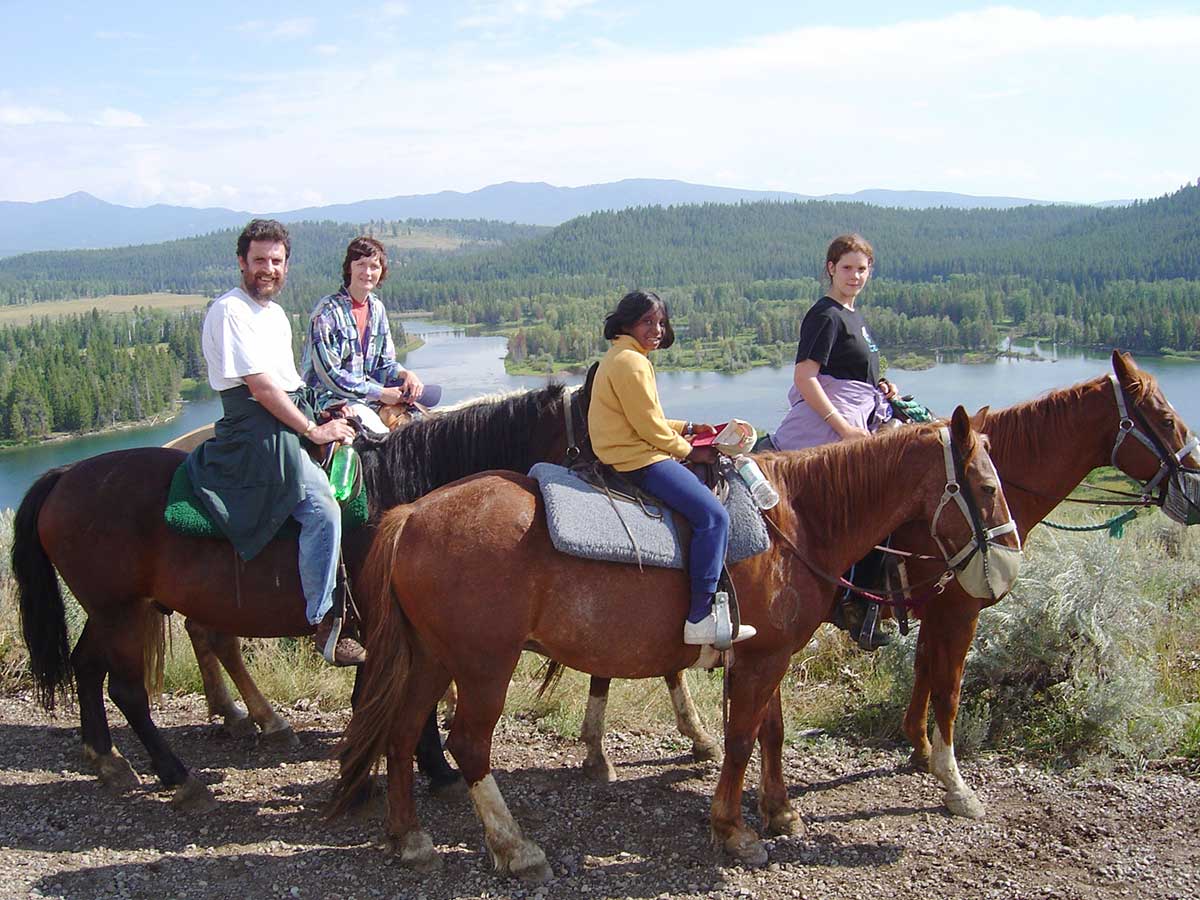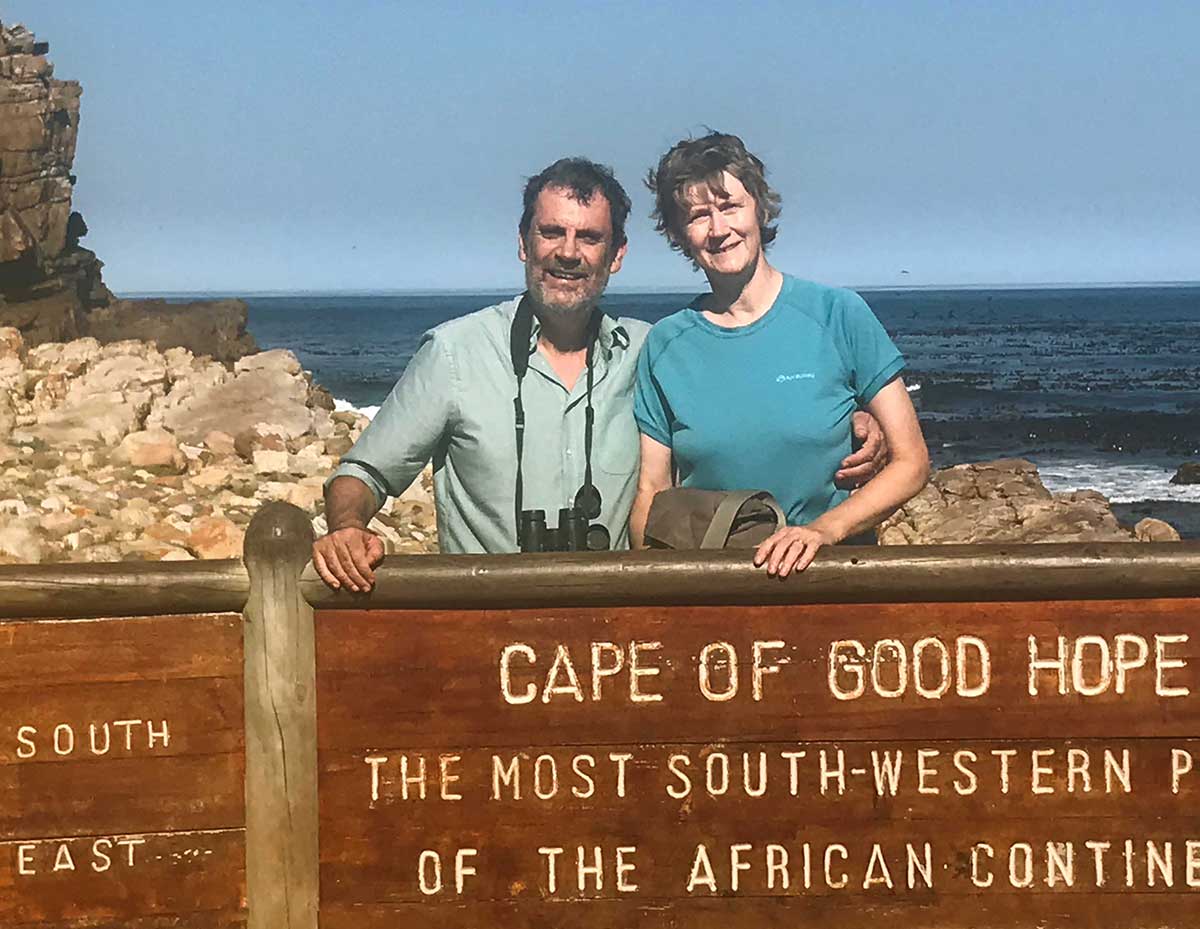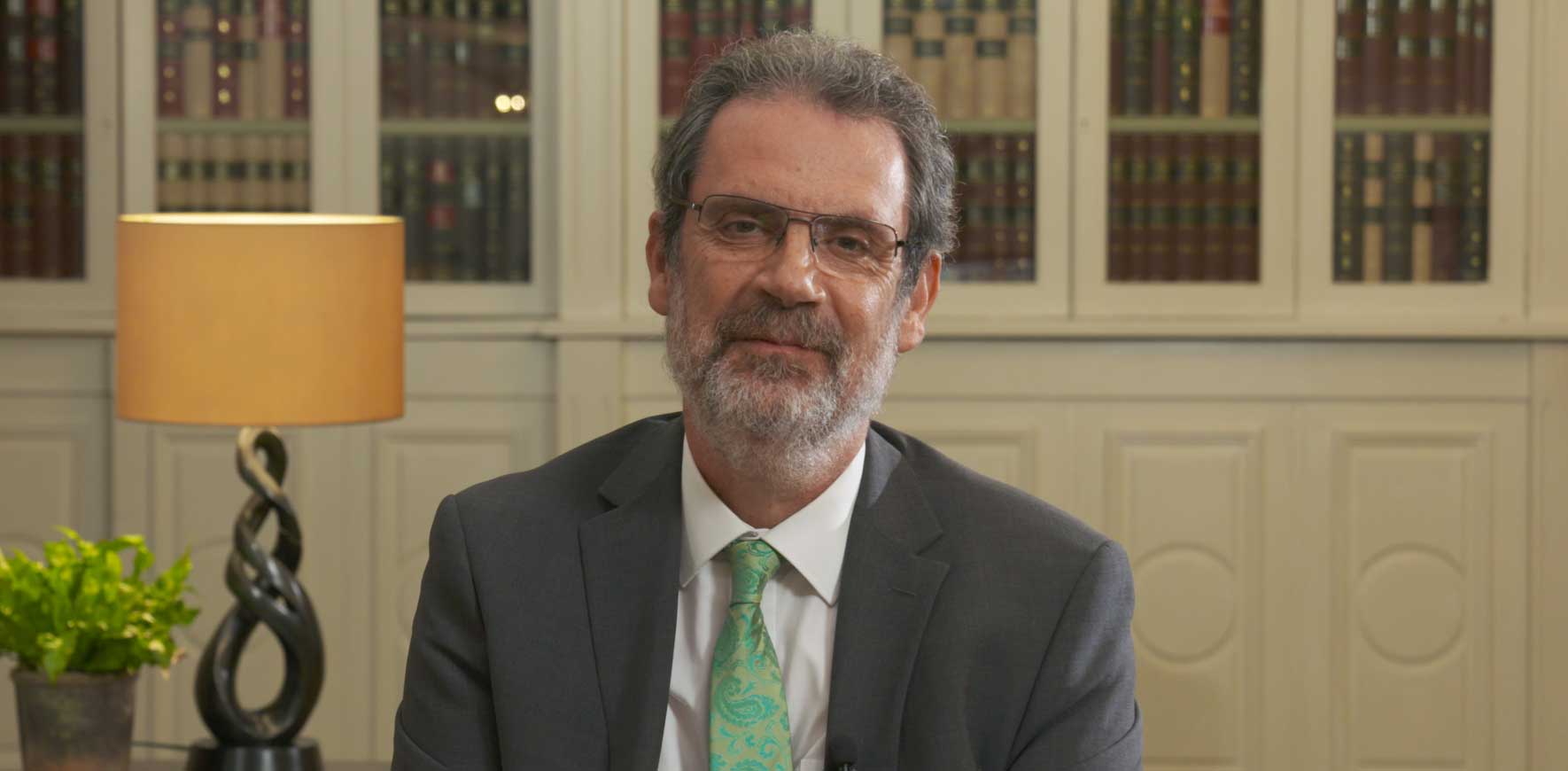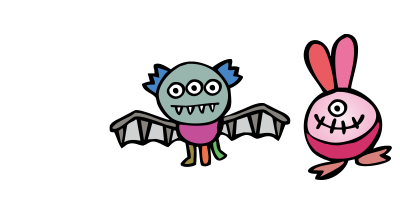By working through these issues, they were able to make the IUCN Red List more objective and trustworthy. The Red List has been widely used, exceeding all of Dr. Stuart's initial expectation. It is used to raise funds for conservation, stop the economic development within habitats of threatened species through government intervention, provide data used to decide where roads should be constructed so as to avoid interfering with threatened species' habitat, and used by banks when making investment decisions.
Grass-roots Activity for Nature Conservation
In 2016, he retired from the IUCN when his term limit expired after serving eight years as Chair of the IUCN Species Survival Commission. In 2017, he started working with Synchronicity Earth, which is an organization that funds the conservation of wildlife. Dr. Stuart had come to think that the future of conservation lies not with large western organizations, but rather with local groups conducting grassroots activities in tropical countries. He, therefore, chose Synchronicity Earth, which supports a lot of activities that interest him, including amphibian conservation; he decided to engage in grassroots nature conservation activities.
After having been involved in wildlife conservation at a global level, Dr. Stuart thinks that national borders mean little in making a better future for everyone, because we all face the same issues such as climate change, food, water, energy problems, and COVID-19.
- Editor-in-chief
- Itaru Yasui, Former Vice-Rector, United Nations University / Professor Emeritus, The University of Tokyo
Address from the Editor-in-Chief - Editorial supervisor
- Naoya Furuta, Professor, Faculty of Socio-Symbiosis, Taisho University / Coordinator, IUCN Japan Liaison Office
- (Affiliation is at that time of release.)

